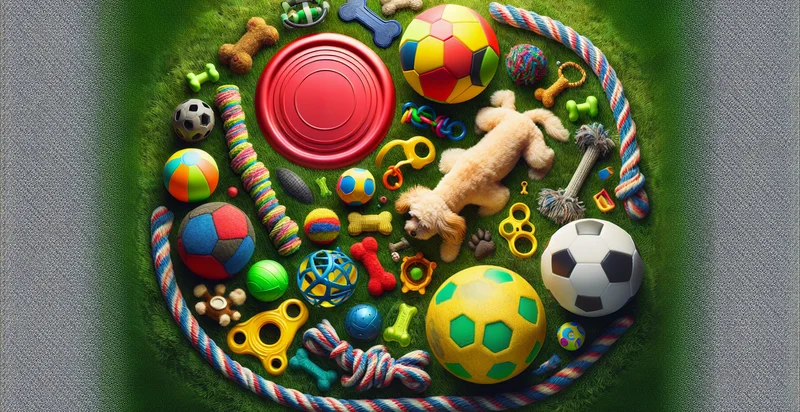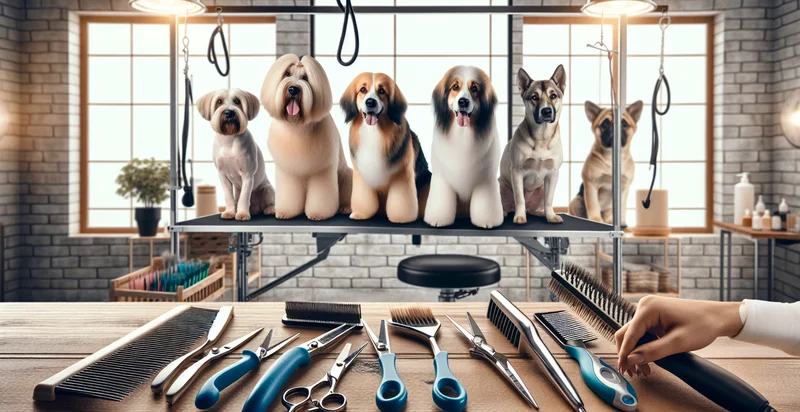Identify dog toy presence
using AI
Below is a free classifier to identify dog toy presence. Just upload your image, and our AI will predict if a dog toy is present - in just seconds.

Contact us for API access
Or, use Nyckel to build highly-accurate custom classifiers in just minutes. No PhD required.
Get started
import nyckel
credentials = nyckel.Credentials("YOUR_CLIENT_ID", "YOUR_CLIENT_SECRET")
nyckel.invoke("dog-toy-presence", "your_image_url", credentials)
fetch('https://www.nyckel.com/v1/functions/dog-toy-presence/invoke', {
method: 'POST',
headers: {
'Authorization': 'Bearer ' + 'YOUR_BEARER_TOKEN',
'Content-Type': 'application/json',
},
body: JSON.stringify(
{"data": "your_image_url"}
)
})
.then(response => response.json())
.then(data => console.log(data));
curl -X POST \
-H "Content-Type: application/json" \
-H "Authorization: Bearer YOUR_BEARER_TOKEN" \
-d '{"data": "your_image_url"}' \
https://www.nyckel.com/v1/functions/dog-toy-presence/invoke
How this classifier works
To start, upload your image. Our AI tool will then predict if a dog toy is present.
This pretrained image model uses a Nyckel-created dataset and has 2 labels, including Dog Absent and Dog Present.
We'll also show a confidence score (the higher the number, the more confident the AI model is around if a dog toy is present).
Whether you're just curious or building dog toy presence detection into your application, we hope our classifier proves helpful.
Related Classifiers
Need to identify dog toy presence at scale?
Get API or Zapier access to this classifier for free. It's perfect for:
- Pet Retail Inventory Management: This function can be implemented in pet stores to automatically identify and categorize dog toys in inventory. The system can streamline stock management by notifying staff when specific toy types are running low or require restocking, ultimately enhancing operational efficiency.
- Dog Walking Service Optimization: Dog walking businesses can use this function to monitor the types of toys their canine clients have at home. By understanding toy preferences, service providers can tailor their walks or play sessions with appropriate toys, ensuring a more engaging experience for the dogs.
- Dog Adoption Center Assessments: Animal shelters can utilize this identifier to assess the presence and variety of toys available in dog adoption environments. This information can help staff improve the play areas, making them more appealing to potential adopters and promoting dog well-being.
- E-commerce Personalized Recommendations: Online pet supply retailers can integrate this function to enhance their recommendation engines. By analyzing user-uploaded photos of their dogs alongside toys, the platform can suggest products that match the dog's interests, boosting customer satisfaction and sales.
- Canine Behavioral Analysis: Veterinarians and dog trainers can use toy presence data to gain insights into a dog’s behavior and preferences. Understanding which toys are present can help in diagnosing anxiety or aggression issues, leading to better-targeted training and care strategies.
- Social Media Pet Influencer Campaigns: Brands can leverage this image classification function to engage pet influencers in campaigns. By identifying the presence of their toys in influencer content, brands can track the effectiveness of marketing initiatives and refine their outreach strategies based on what resonates with the audience.
- Dog Toy Subscription Services: Subscription box services can use the identifier to curate customized toy selections based on the client's dog's preferences shown in uploaded images. This targeted approach can enhance customer loyalty and satisfaction, leading to higher retention rates.


